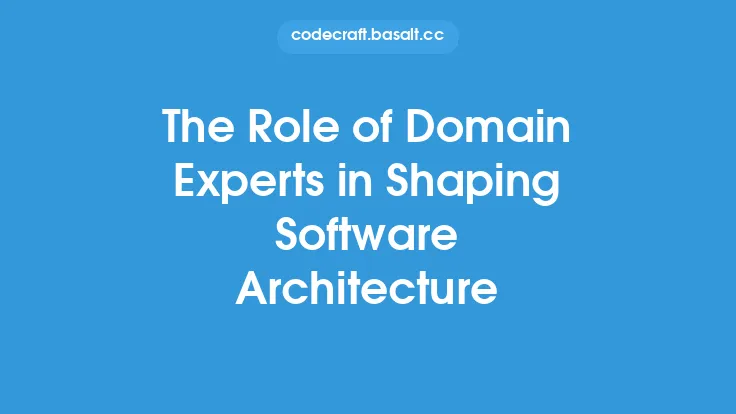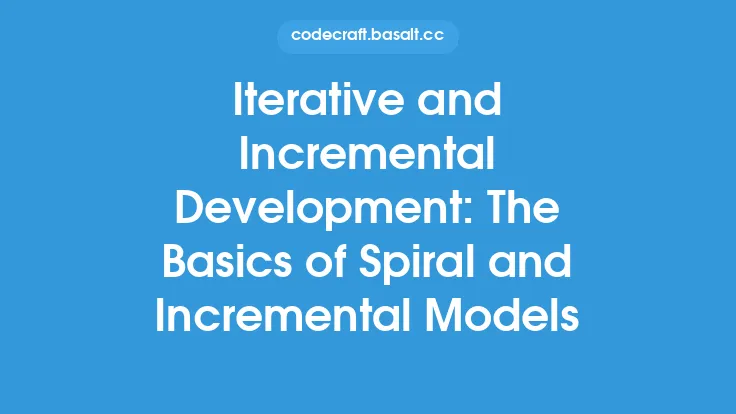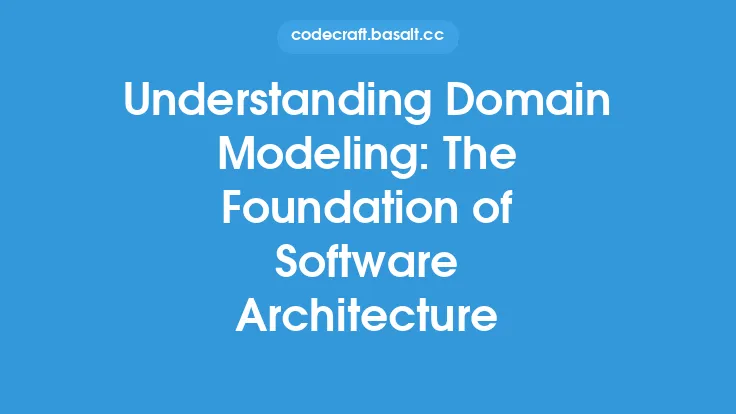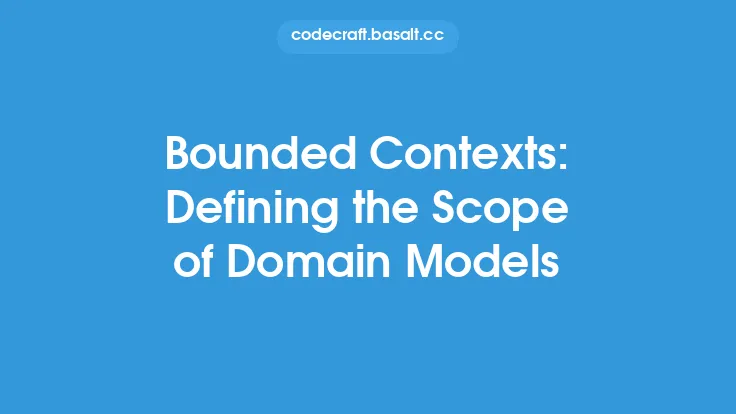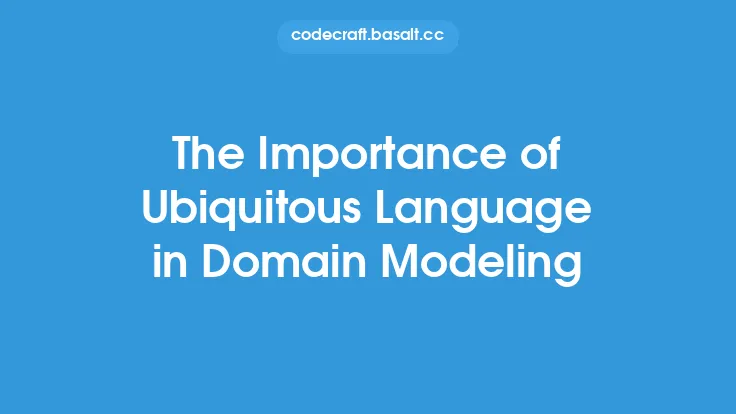When it comes to domain modeling, there are several key concepts that form the foundation of a robust and maintainable software architecture. Among these, entities, value objects, and aggregates are three of the most critical building blocks. Understanding the roles and responsibilities of each of these components is essential for creating a domain model that accurately reflects the business domain and supports the development of effective software solutions.
Entities
Entities are objects that have a unique identity and exist independently of other objects. They typically represent domain concepts that have a distinct existence, such as customers, orders, or products. Entities often have a lifespan, with a clear beginning and end, and may undergo changes in state over time. In a domain model, entities are usually the core objects that are being modeled, and they often have a direct correlation to the business domain.
One of the key characteristics of entities is that they have an identity, which is typically represented by a unique identifier, such as a customer ID or an order number. This identity is used to distinguish one entity from another, even if they have the same attributes or properties. For example, two customers may have the same name and address, but they are still distinct entities with their own unique IDs.
Entities can also have a complex internal structure, with multiple attributes, properties, and relationships to other entities. For instance, a customer entity may have attributes such as name, address, and contact information, as well as relationships to other entities, such as orders or payment methods.
Value Objects
Value objects, on the other hand, are objects that have a set of values but no identity. They are often used to represent domain concepts that have a specific set of attributes or properties, but do not have a distinct existence. Examples of value objects include money, dates, or addresses. Value objects are typically immutable, meaning that their values cannot be changed once they are created.
One of the key benefits of value objects is that they can be used to encapsulate complex logic and behavior, making the domain model more expressive and easier to understand. For example, a money value object can encapsulate the logic for calculating currency exchange rates or performing arithmetic operations on monetary values.
Value objects can also be used to improve the consistency and accuracy of the domain model. By using a value object to represent a specific domain concept, such as a date or an address, the domain model can ensure that the same concept is represented consistently throughout the model.
Aggregates
Aggregates are clusters of associated objects that are treated as a single unit of work. They are often used to define the boundaries of a transaction or a business process, and to ensure that the domain model is consistent and valid. Aggregates typically consist of a root entity, which is the central entity that defines the aggregate, as well as a set of associated entities and value objects.
One of the key characteristics of aggregates is that they define a consistency boundary, which ensures that the domain model is valid and consistent within the boundaries of the aggregate. For example, an order aggregate may consist of an order entity, a set of order items, and a payment method. The aggregate ensures that the order is valid and consistent, with the correct payment method and order items.
Aggregates can also be used to improve the performance and scalability of the domain model. By defining the boundaries of a transaction or business process, aggregates can help to reduce the number of database queries and improve the overall efficiency of the system.
Relationships Between Entities, Value Objects, and Aggregates
Entities, value objects, and aggregates are all interconnected, and understanding the relationships between them is essential for creating a robust and maintainable domain model. Entities can have relationships to other entities, as well as to value objects and aggregates. Value objects can be used to represent attributes or properties of entities, and aggregates can consist of multiple entities and value objects.
For example, a customer entity may have a relationship to an address value object, which represents the customer's shipping address. The customer entity may also be part of an order aggregate, which consists of the customer entity, an order entity, and a set of order items.
Implementing Entities, Value Objects, and Aggregates
Implementing entities, value objects, and aggregates in a domain model requires a deep understanding of the business domain and the requirements of the software system. It also requires a set of skills and techniques, such as object-oriented programming, domain-driven design, and test-driven development.
One of the key challenges of implementing entities, value objects, and aggregates is ensuring that the domain model is consistent and valid. This requires a deep understanding of the business rules and constraints that govern the domain, as well as a set of techniques for ensuring that the domain model is valid and consistent.
Another challenge is ensuring that the domain model is scalable and performant. This requires a set of techniques, such as caching, lazy loading, and transactional boundaries, to improve the efficiency and effectiveness of the system.
Conclusion
Entities, value objects, and aggregates are the building blocks of domain models, and understanding their roles and responsibilities is essential for creating a robust and maintainable software architecture. By using these concepts, developers can create domain models that accurately reflect the business domain and support the development of effective software solutions. Whether you are working on a small-scale application or a large-scale enterprise system, entities, value objects, and aggregates are essential components of a well-designed domain model.

